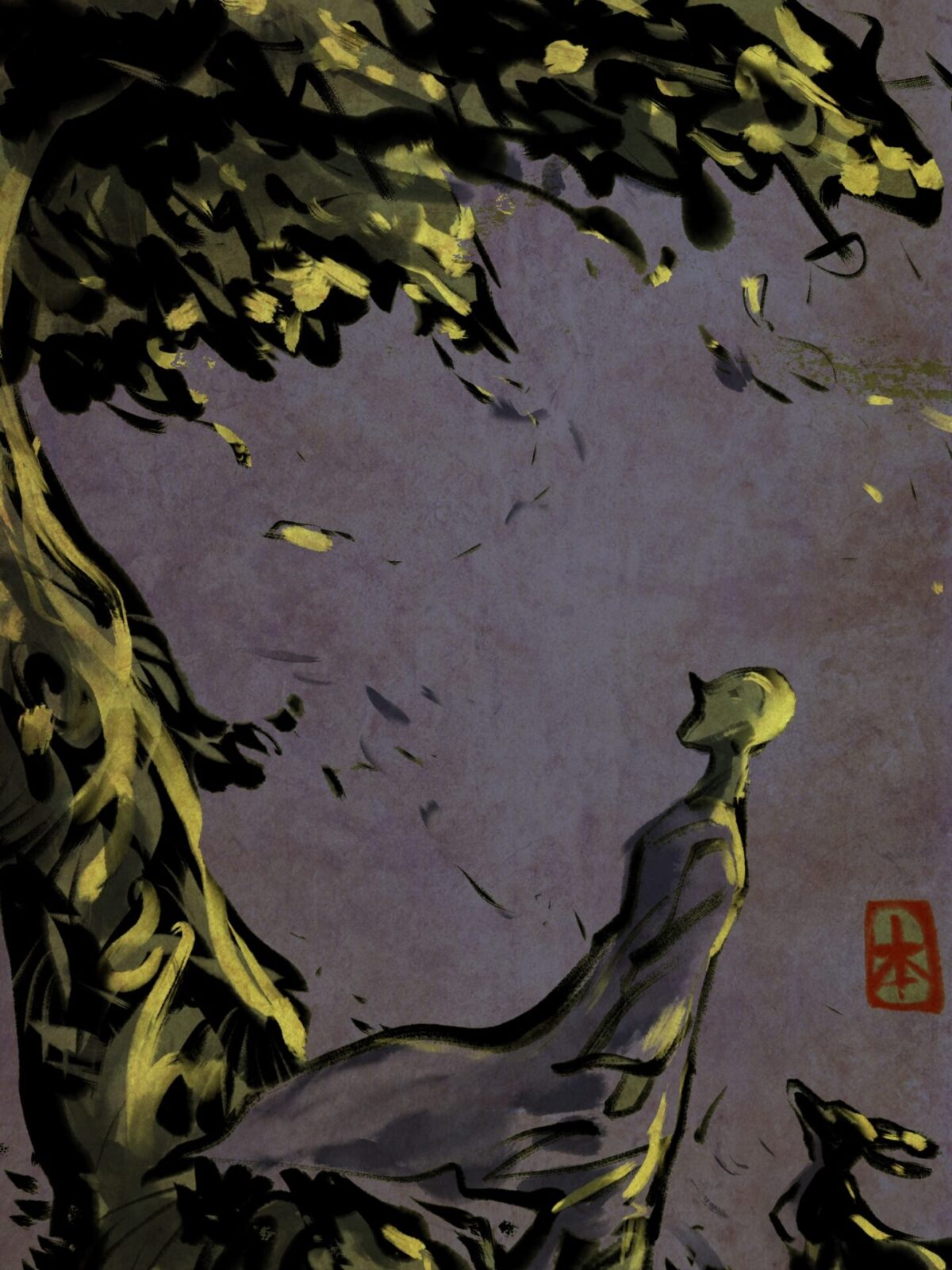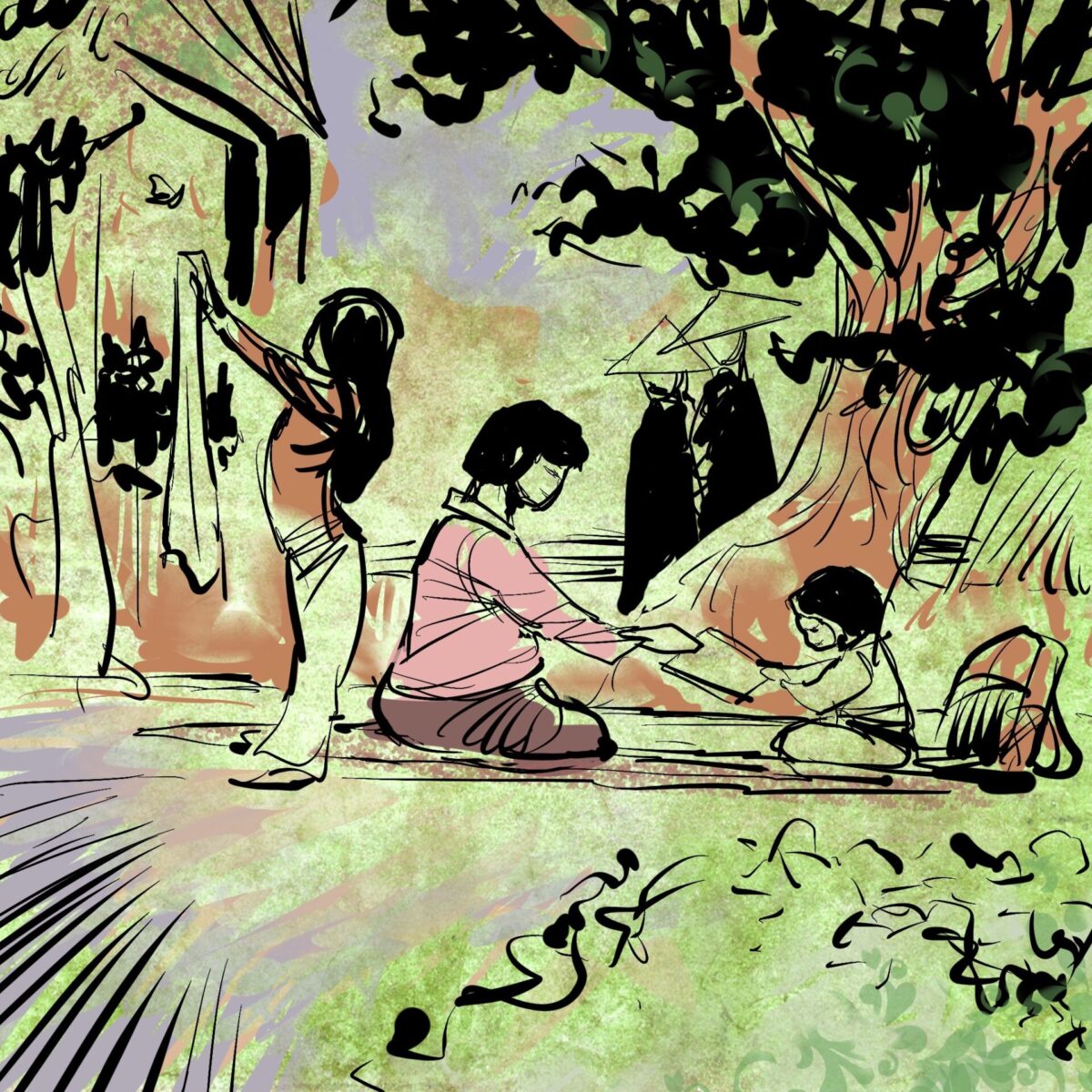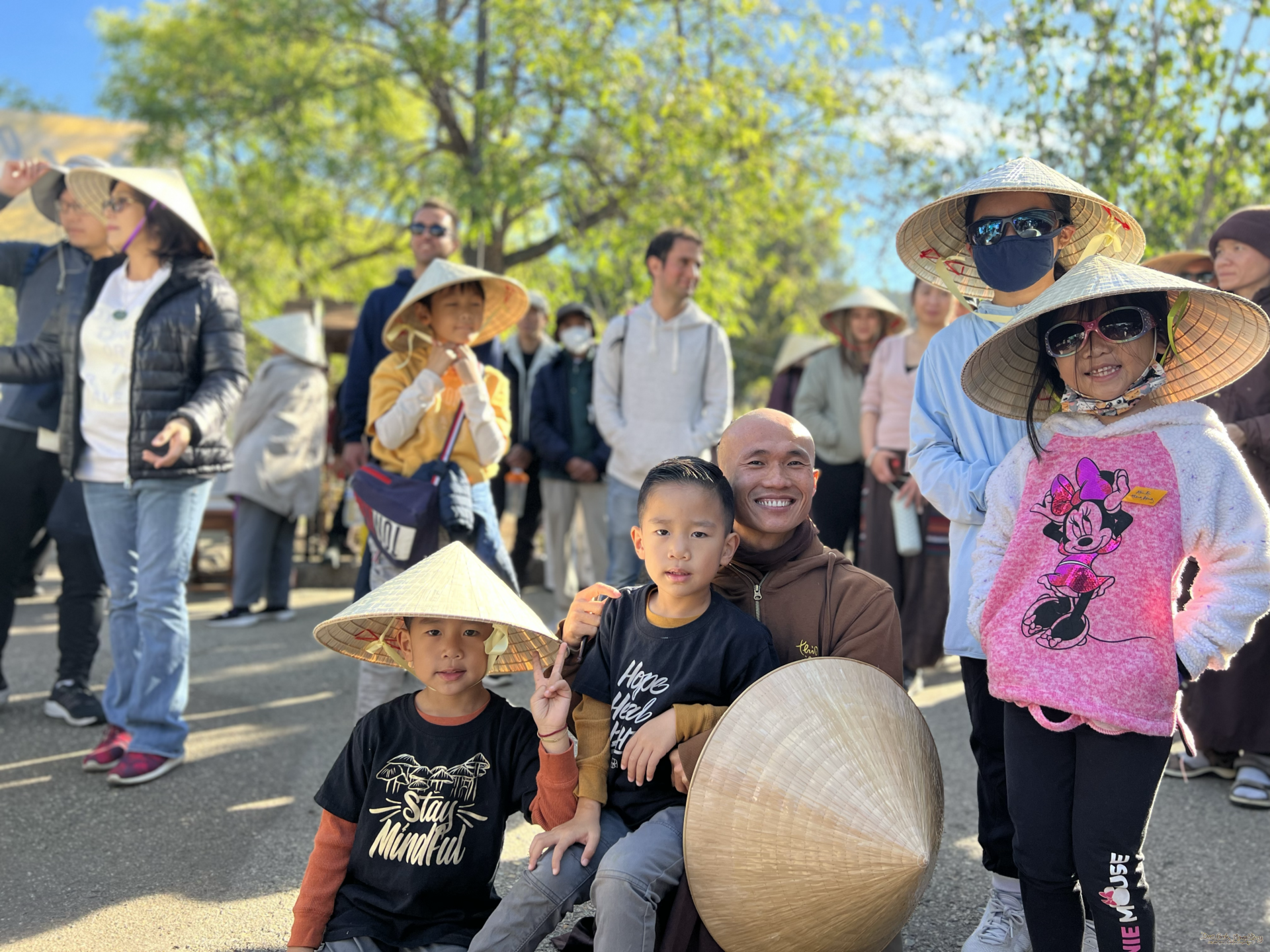By Salina Khan-Fuchigami on
My mother wound manifested the year my father was diagnosed with Alzheimer’s disease. Childhood memories of my mother being distant, enraged, and lacking the capacity for loving kindness surfaced when those same traits began to appear in her awkward and inappropriate response to my father’s illness. Feelings of loneliness, nervousness, and confusion from childhood blended with despair as I observed my father,
By Salina Khan-Fuchigami on
My mother wound manifested the year my father was diagnosed with Alzheimer’s disease. Childhood memories of my mother being distant, enraged, and lacking the capacity for loving kindness surfaced when those same traits began to appear in her awkward and inappropriate response to my father’s illness. Feelings of loneliness, nervousness, and confusion from childhood blended with despair as I observed my father, the beacon of light and backbone of our family, begin his unwilling fade into a childlike state of dependency.
As a child, I was highly sensitive. My mother was often upset with my three siblings and I, intolerant of our rowdiness. Maternal outbursts of anger and disapproval were the norm. There was never any explanation for these outbursts, only punishment meted out for “bad” behavior. I was terrified of my mother’s sudden rage; I recall being dragged away from play and locked in a dark closet on many occasions. When I later realized the closet didn’t have a lock, I suddenly understood: my mother had stood outside, silently holding the door shut, while I screamed apologies through my fear of the darkness and of my predicament. When I was finally released, my mother remained angered. Though my sorrowful pleas for forgiveness often continued for days, they were rarely, if ever, accepted. There was nothing I longed for more than my mother’s understanding and love.

I now recognize that my mother struggled with cycles of depression. There were times when she would stay in bed for days. My father would then ask me to cook her favorite foods or to buy her flowers—anything to help her out of despair. But when I would knock on her door, she rejected my efforts and told me to leave her alone. I began believing that it was because of something I had done wrong when my mother would lock herself in her room or take extended, solo trips away from home. When I was older, I felt responsible for cheering her up. I walked on eggshells around my fragile and volatile mother, always being careful not to displease or trigger her.
For most of my life I didn’t acknowledge that I had experienced trauma. I just felt vaguely ashamed of my anxiety and grew proficient at concealing it. Becoming aware of my inner wounds took me a very long time; identifying and accepting them to heal myself, forgive my mother, and transform my suffering took even longer.
I realized that to heal the mother wound, I needed to meet with my inner child—its primary victim.
My journey of transformation began with what appeared to be the farthest thing possible from healing or helping: I blamed my mother. This blaming was the result of decades of suppressed anger bubbling to the surface from the cavities of emotional childhood wounds—wounds that held years of enduring and concealing the pain, shame, and guilt instilled by my mother and by my upbringing.
Through my mindfulness practice, formed by Thầy’s Dharma talks and books, I knew that anger is a mental formation. The seed of anger that had been resting in my store consciousness, my subconscious, shot up when triggered: anger manifested. It became a mental formation at the level of mind consciousness, of my conscious mind, and outwardly affected not only my well-being, but that of others around me.
In allowing pent-up emotions to come to the surface and setting them free from the veil of calm composure they had hidden behind my entire life, I had really arrived. Recognizing the wounded inner child initiated my healing process. I realized that to heal the mother wound, I needed to meet with my inner child—its primary victim.
To be able to heal trauma, we need to heal where it is stored in our systems.
Using language to talk about traumatic events—for example in talk therapy as a psychological treatment—takes us a step away from our actual experience of trauma at the implicit, subconscious, experiential level. When we are talking, we are coming from our conscious, verbal, thinking mind. Although words can be important, they are limited in their capacity to access our trauma, much less heal it.
Buddhist psychology offers the practice of mindfulness, which can effectively assist in lasting healing of trauma. By allowing the two levels of the conscious and the subconscious, called mind consciousness and store consciousness, to directly access and interact with one another, healing can take place. It is like two rooms in a house; regardless of there being walls that separate them, we are able to walk from one to the other with ease. In actuality, there is no separation.
By going home to myself, I could talk to and listen to the wounded child within. I could meet her and tenderly care for her at the place where my despair and anger originated. Seeing myself as a five-year-old girl, I could smile with compassion and offer her the time and attention she wished for and needed—something she could not receive from her mother.

Through the practice of inner mothering, I could take responsibility for my pain. And as I did, I ceased to blame my mother.
I did not reject my anger but instead invited it to come up and manifest as a mental formation. I became mindful of my anger. I learned from the teachings of nonduality that anger is not the enemy. Both mindfulness and anger are myself, just as my inner child and I are one. The energy of mindfulness recognizes, tenderly embraces, and takes care of the energy of anger. It calms it, thus restoring its dormant nature as a seed in the subconscious. By touching this seed with mindful breathing, mindful walking, and smiling, the energy of mindfulness allowed me to do the work of recognizing, embracing, and transforming anger until it was no longer a manifested mental formation.
With mindfulness and concentration it is possible to transform suffering and to liberate oneself from afflictions by gaining insight and awareness. When I connected to my inner child, I finally understood that my mother was also a child who suffered because she didn’t understand how to deal with the pain of fragility and vulnerability. As a victim of suffering she made me, her child, a victim of suffering, too.
The deprivation that my mother experienced as a child was unconsciously projected onto me. In the absence of insight around her own childhood trauma, my mother projected and mistook me, her daughter, for the source of her pain and frustration. She didn’t understand that these emotions came from her own pain and were rooted in her own inner child.
Seeing my mother as a five-year-old child and smiling at her with compassion transformed me by expanding my heart.
I understood that if I didn’t transform the suffering in me I would pass it on to my own child, just as my mother had done. As a continuation of my mother, I could help to calm the five-year-old girl inside who was my mother and who is in me. I became the one who could help her to transform and be free. When we are in touch with ourselves, we are in touch with everyone in our lineage. Seeing my mother as a five-year-old child and smiling at her with compassion transformed me by expanding my heart.
The energy of mindfulness enables us to look deeply and to gain the insight we need to make transformation possible. It allows us to transform the difficulties and limitations in our lives so that each day becomes an experience of peace, freedom, and happiness. Over time, my trauma-healing journey became less about being done with healing and more about enjoying life in the present moment. Happiness and joy emerge along the way.
Healing the mother wound didn’t just transform and liberate me and my inner child. It included healing my mother, touched all of our ancestors and descendants, and extended to Mother Earth. This healing has allowed me to recognize and thereby to transform the suffering of the feminine energy of the planet. It began on the personal level and rippled out—as I healed my personal mother wound, I increased my connection to myself, to others, and to the Earth.
Today, my relationship with my mother is transformed. My mother and I reconciled on my birthday this year. We weren’t able to meet in person due to the pandemic and travel restrictions, so we agreed to talk on the phone. It was the first time we had spoken in over two years. I chose to give voice to my heart and thanked my mother for birthing me and for gifting me with precious life. The conversation took us back to the day I was born, and I simply allowed myself to be her child. I rested in the assurance that my inner child is now safe, supported, and protected by me—a dependable and grown-up adult, now also a mother. As our conversation concluded, I told my mother I’d always keep a window to my heart open for her. She tearfully thanked me and promised to do the same for me.
As my mother ages, there are moments when her anger and frustration are stronger than ever. But I have let go of any desire or expectation that she be any different. Without these strong emotions, there’s a certain softness in our relationship. I am now able to offer her the gift of compassion. These days, we email each other and talk on the phone from time to time. We can heal trauma and free ourselves by embracing the child within us that needs our love, support, and protection. We can begin by doing our part to heal whatever pain was passed down. By doing so, we become invulnerable and fearless. Authentic.
We free ourselves and end the cycles of suffering. There is no separation between inner and outer, self and other. Tending ourselves, we tend the world. Tending the world, we tend ourselves.
Indeed, we are our ancestors. We are our children.


